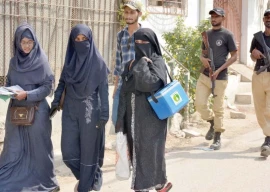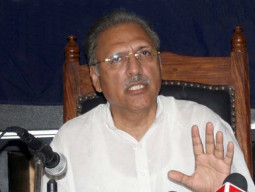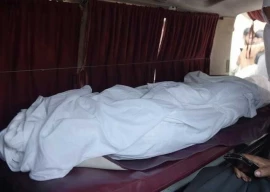
In the Indian subcontinent, Muslims and Hindus found it hard to live together, now the Shias and Sunnis are facing difficulties in living together peacefully, said journalist and writer Ghazi Salahuddin on Sunday.
"How will these two sects settle their terms with Wahhabis then?" he said at the first session, titled 'The City within the City: Understanding Karachi's Diverse Cultural Landscape', of 'I am Karachi' peace conference.
The Pakistan Institute of Labour Education and Research (PILER) had organised the two-day event at Regent Plaza Hotel.

Salahuddin explained to the audience, on the second day of the conference, about implications of the Two-Nation Theory, and an individual's identity. He said the majority of Muslims held the religious belief system central to their life, yet there had always been a wide spectrum of interpretations regarding their thoughts and practices.
"We are not just Pakistanis or Muslims. We hold many identities." He explained how the city had divided because of difference of opinion among people. "Previously, religion was considered more as a personal matter than a public display."
Asif Farrukhi, writer, critic translator and an associate professor at Habib University, explained how Karachi had divided within itself. "Young minds of Karachi are trapped within the forces that work against the law," he said.
This is due to the elements that are result of extremism. He explained how in the earlier times a certain level of tolerance was found among people from different cultures and sects. "Poor planning and lack of citizens' participation in the social life are the major cause of the present conflicts," Farrukhi said.
PILER Executive Director Karamat Ali briefed the audience about the factors responsible for bringing Karachi to the current state of affairs.
Published in The Express Tribune, December 22nd, 2014.
1718870162-0/BeFunky-collage-(60)1718870162-0-405x300.webp)
1730504285-0/Martha-(1)1730504285-0-165x106.webp)















COMMENTS
Comments are moderated and generally will be posted if they are on-topic and not abusive.
For more information, please see our Comments FAQ